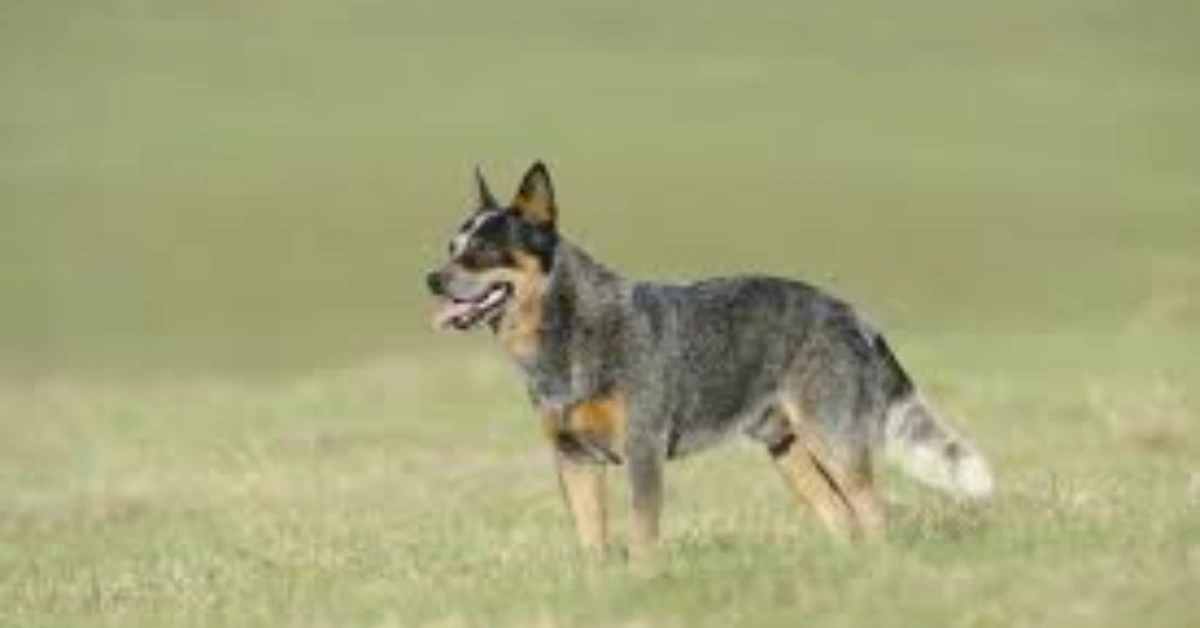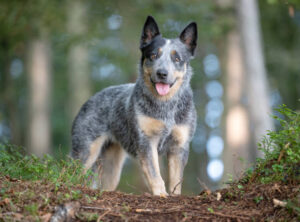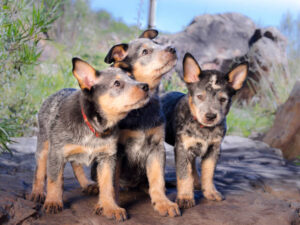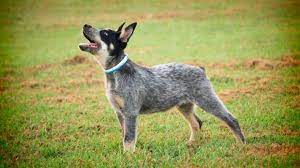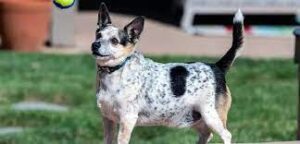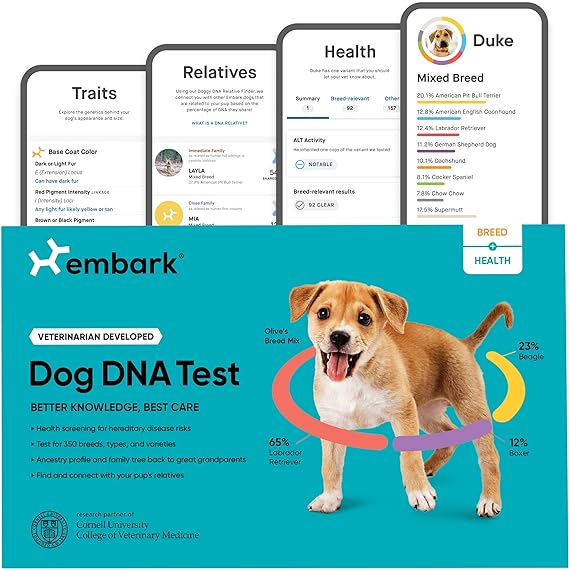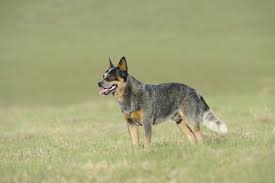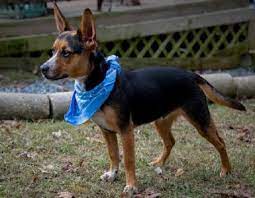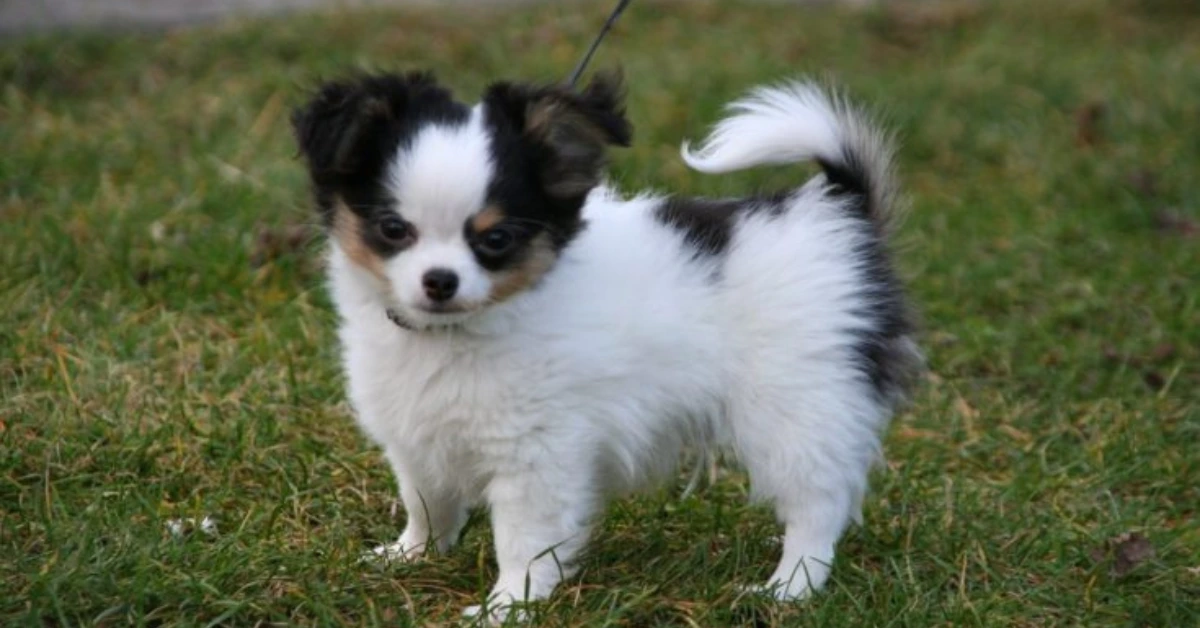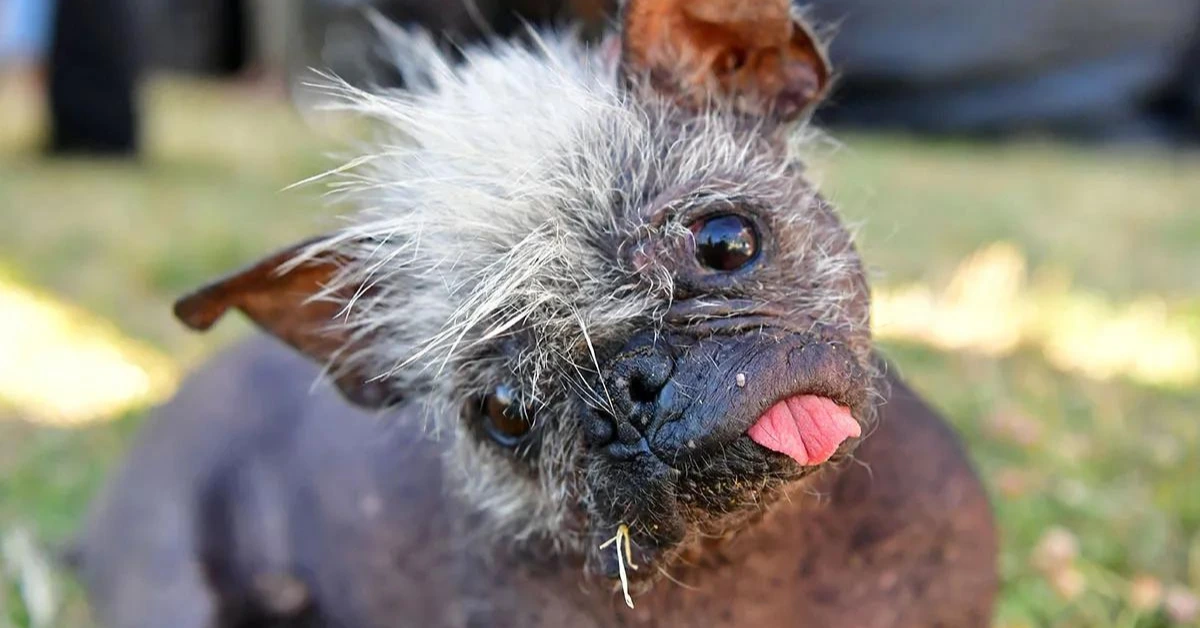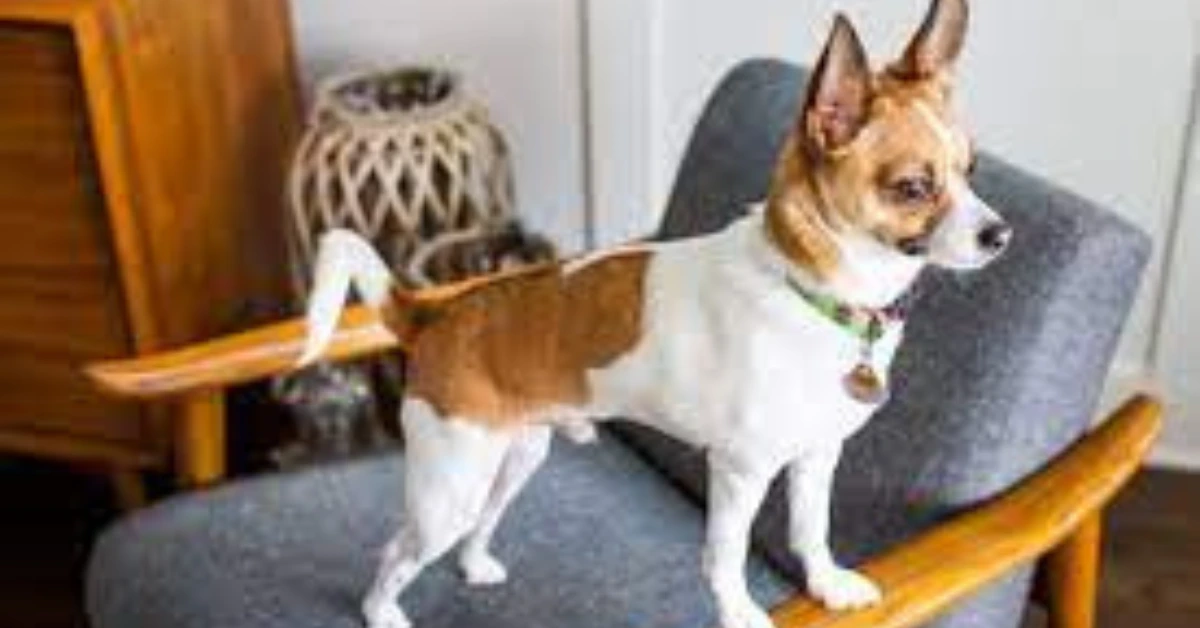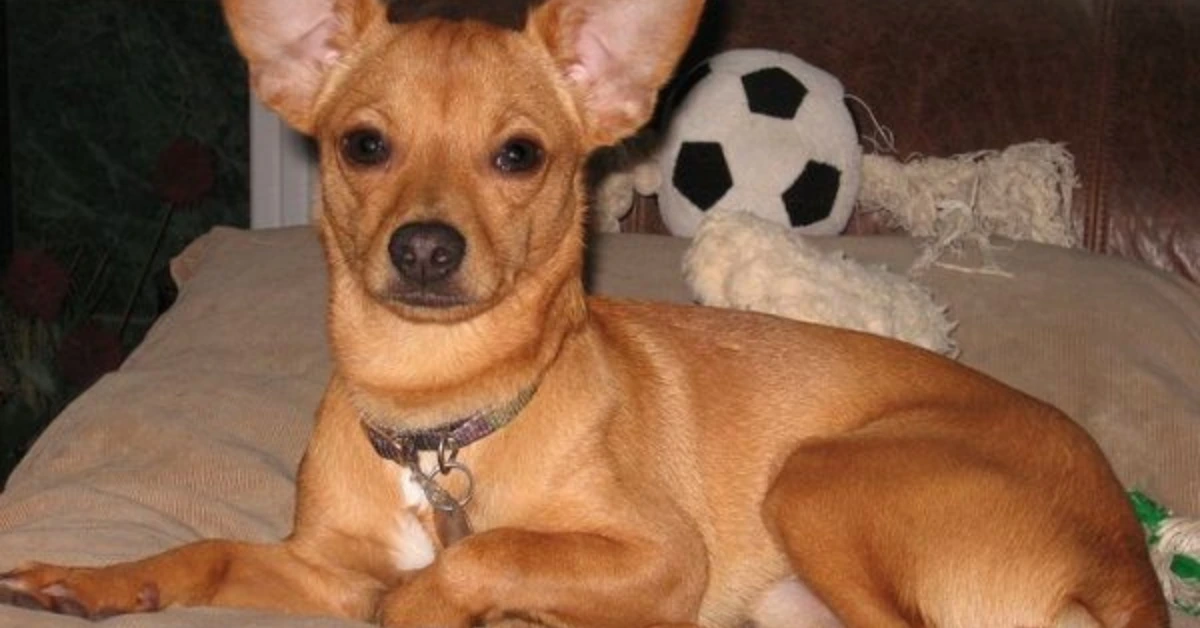The Chi-Heeler is a dog that is a mix of the Chihuahua and the Blue Heeler, also called the Australian Cattle Dog. People often think that a hybrid’s traits are a mix of those of its parents, but in truth, it could be anything!
A dog that is a cross between a Chihuahua and a Blue Heeler can be pretty adventurous because it has the awareness of the Chihuahua and the drive and energy of the Blue Heeler. This puppy loves to play and explore outside, which is great for families who like to stay busy. Just make sure to keep it on a leash.
Chi-Heeler History
The Chihuahua
Advertisement
The Chihuahua is a small dog that is very active and has a big personality. They are known to be brave and loyal friends, but not much is known about where they came from.
Even though they were first seen in Central and South America in the 1500s, some people think that the Chihuahua may have come from Asia with the Spanish residents who were moving around at the time.
There is a chance that the Aztecs in Mexico also helped them grow and change, but no one knows for sure how or when this happened. No matter what the truth is about where these sassy little dogs came from, one thing is for sure: they are becoming more and more popular all over the world.
The blue Heeler
The Australian Cattle Dog, which is another name for the Blue Heeler, is one of Australia’s most well-known dogs. When it was first bred in New South Wales in the 1800s, this loyal and hardworking dog was made to drive cattle in hot, harsh fields.
The Blue Heeler is a mixed breed. It is thought to be a cross between a dingo, an English shepherd, and the now-extinct Smithfield Collie.
It’s no surprise that this unique mix has given this breed its great qualities, like being bold, brave, and smart as a whip.
Blue Heelers are smart and protective, which makes them great family pets. Think about where they came from the next time you see one on a farm.
The Chi-Heeler
What a strange mix of things is the Chi-heeler! This lively puppy is a mix of the loyal and protective Blue Heeler and the stubborn Chihuahua.
What happened? A small dog with a lot of character.
Chihuahua-Cattle Dog mixes are usually friendly with people they trust and close to their families. They often act like they have everything under control, but they can’t help but want love and care in return.
The AKC does not accept the Blue Heeler Chihuahua mix.
Chi-Heeler Appearance
A full-grown Chihuahua is usually between 5 and 8 inches tall, while a Blue Heeler can grow to be between 15 and 19 inches tall.
Blue Heeler Chihuahua mixes are usually between 12 and 15 inches tall, which is smaller than a Blue Heeler but still bigger than a Chihuahua.
The mature weight of Cattle Dog Chihuahua mixes can vary from as little as 5 pounds all the way up to 45 pounds or more because of the size disparities between the parent breeds; there is no one size fits all solution!
The mix of two different breeds can give the puppy an interesting look. The Blue Heeler genes make the puppy’s body a little bit stockier and stronger than a normal Chihuahua’s.
Chi-Heeler Temperament
The Blue Heeler Chihuahua Mix is a breed of dog with a lot of intelligence and charm.
They are easy to train and make great pets for a family. These little pups tend to be very focused and not afraid of anything.
Even though they are small, they watch over those who are close to them very carefully. This makes them great for defense training.
On the other hand, a Chihuahua Blue Heeler Mix needs to spend a lot of time playing and getting along with other people so that they stay calm and are easy to handle as adults.
Chi-Heeler Health State
The average life span of a Blue Heeler Chihuahua Mix is between 12 and 14 years.
Some of these Chi-Heelers’ physical and behavioral traits may come from their parent breeds. They also have the same health problems.
We recommend speaking with your dog’s breeder or veterinarian if you’d like to know what health problems your furry friends might be prone to.
The health of your dog’s parents will inform your dog’s breeder about any possible health issues that your puppy, whether mixed-breed or not, may be prone to.
A dog DNA test is an additional option if none of these approaches work. I have used the Embark dog DNA test on my family’s dogs. I appreciate that this dog DNA test can identify breeds and detect health issues.
I was pleasantly impressed by how precise the breed ID test results were when they were returned after two weeks.
The health detection also helped me learn more about the health problems that my two dogs are prone to and how I can better care for them.
Retinal Atrophy
It is an eye disorder that is often called a “dry” form of retinitis pigmentosa. Over time, it causes photoreceptor cells to die off completely or almost completely.
This means bad vision and eventually going blind. Progressive retinal atrophy (PRA) can happen to any dog breed, so owners should always be on the lookout for signs, like a dog that is more afraid of light or has trouble seeing at night.
Hip dysplasia
Hip dysplasia is an uncomfortable ailment that can affect Chihuahua Blue Heeler hybrids. This is a joint disease that is passed down from parent to child. The hip socket doesn’t form right, causing pain and stiffness in the dog.
It’s important to get your Chi-Heeler from a good breeder who checks for any health problems or genetic diseases.
Patellar Luxation
Patellar luxation, or a “slipped kneecap,” can happen to Blue Heeler-Chihuahua mixes. This can be very painful.
This disease is caused by a shallow groove in either or both of the femur and tibia. This makes the kneecap move out of place. It usually happens to small, busy dogs, but Blue Heelers are especially prone to it because they have long hind legs and a low center of gravity.
Fortunately, there are a variety of therapies available that change based on the severity; some start with straightforward physical therapy while others call for more drastic procedures like surgery.
Chi-Heeler Care
When looking for a Chihuahua-Blue Heeler mix, you need to think about grooming, shedding level, exercise, training, and feeding.
Training
It can take some time to train a Blue Heeler Chihuahua Mix, but the benefits are well worth it.
This friendly, fun-loving ball of energy is eager to please and would do well with regular training. Start by teaching basic directions like “sit,” “down,” and “stay.” Use positive reinforcement like treats and verbal praise to help your dog learn.
As your Blue Heeler Chihuahua mix gets better at these commands, move on to more difficult skills like walking on a leash without pulling or coming when called.
Shedding Level
If you’re thinking about getting a Chihuahua-Blue heeler mix but are worried about how much they shed, you’re in luck!
Mixes of Chihuahuas and Blue Heelers don’t lose much. Even when they do shed, the amount is generally small and easy to deal with.
Because their coats are shorter, cleaning and grooming them is quick and easy. In fact, many owners say you only need to do this once a week. So, if you’d rather play and cuddle with your dog than chase after stray hair, a Chihuahua-Blue Heeler mix might be the right choice for you.
Chihuahua-Cattle dog mixes are not good for people with allergies.
Grooming
Chihuahua Cattle dog mixes have long, silky fur that needs to be brushed every day, especially if they go outside. Use a pin brush to get rid of any knots or tangles in the fur. Then, use a slicker brush or metal comb to smooth out the fur and get rid of any other waste.
Also, you will need to bathe your Cattle Dog Chihuahua mix every few months with a shampoo made for their breed and skin type.
Feeding
If you want to feed a Blue Heeler Chihuahua Mix, you need to pay close attention to the breed-specific feeding needs of this unique mix of breeds. The Blue Heeler in the mix will often need a higher-protein food than the Chihuahua, while the Chihuahua may need more omega fatty acids.
Adult Chi-Heelers should be fed 1 to 2 cups of dry kibble twice a day while being closely watched.
When it comes to treats, a little bit goes a long way. Healthy snacks like boiled chicken, fruits, and vegetables can be added to your dog’s food to make it more nutritious.
Exercise
The Blue Heeler Chihuahua mix is likely to be very active and have a lot of energy. If you’re the lucky owner of this smart and active pup, it’s time to plan some fun things to do with them to keep them healthy and happy.
The Chi-Heeler is a mix between a Chihuahua and a Blue Heeler. It is small like a Chihuahua and tough and athletic like a Blue Heeler. It needs about as much physical activity as either of these breeds.
Even though they won’t need as much movement as Blue Heelers do, they’ll still need a lot of ways to use their energy. If a long walk isn’t enough for your dog, you’ll need to get creative. Try throwing games in a big open space or puzzle-solving toys to keep your dog’s mind active as well.
Is Chi-Heeler The Right Option For Me?
Chi-Heeler And Other Pets
Chihuahua-Blue Heeler crosses usually have a lot of energy and need to get a lot of exercises, which can be too much for smaller animals.
On the other hand, if Chi-Heelers are socialized well, they can be playful and friendly with bigger pets that are just as boisterous.
But you can’t be sure that a certain puppy will get along with a certain animal unless you slowly introduce your pet to new animals or people in a controlled setting. Gentle handling always goes a long way toward helping them get along with other people.
Not Good For Apartment Living
As we’ve already said, if you want to own a Blue Heeler Chihuahua Mix, you need to be ready to give it a lot of mental and physical exercise.
Taking them on slow walks won’t be enough. They need times when they can run, jump, and play.
This can be hard for people who live in small apartments since these dogs have a lot of energy and need a lot of room to burn it off.
In a small room, you can expect your Chi-Heeler to act badly, like destroying things or barking too much.
Not Great For First-Time Owners
Blue Heeler-Chihuahua mixes are not the best choice for people who have never had a dog before.
These puppies have a lot of energy and can be very bossy. If you’ve never had a pet before, it might take some time to get used to these things.
Even though they’re pretty and smart, they need extra care and kindness to stay well-behaved. They aren’t lazy either; they love to go for long walks almost as much as they love to run around in fields with other dogs.
Quick Breed Summary Table
| Weight | 5 to 45 lbs |
| Height | 12 to 15 inches |
| Size | small |
| Coat Type | short |
| colors | Combination of black, grey, white, and tan |
| Amount of Shedding | low |
| Nose | Black |
| Ears | It depends |
| Temperament | territorial, nervous, wary, and devoted. |
| Life Expectancy | 12 to 14 years |
| Hypoallergenic | No |
| Intelligence | Yes |
| Kid-Friendly | No |
| New Owner Friendly | For Experienced dog owners |
| Activity level | high |
| Breed Recognition | None |
This is the cutest dog you will ever see
YOU MAY ALSO LIKE:
Whippet Chihuahua Mix- Chi Whip- Everything You Need To Know
Havanese Chihuahua Mix-Cheenese- A Breed Complete Guide
Advertisement

